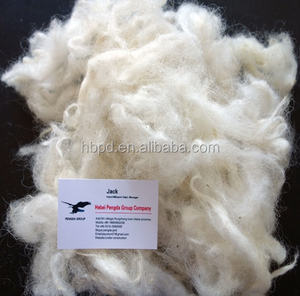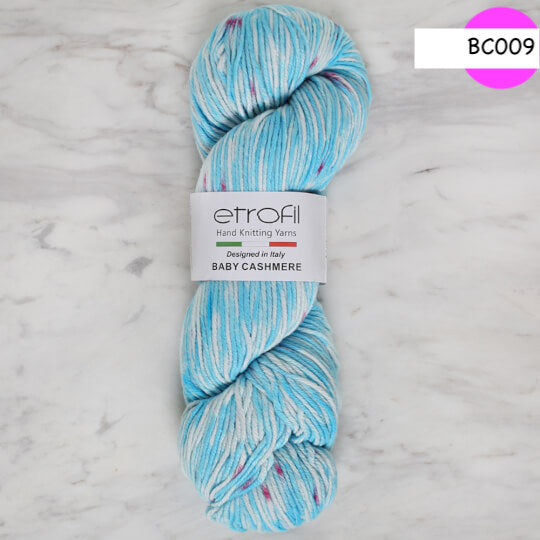Reasons You Must Require Cashmere a Natural Fiber for Convenience and Elegance in Everyday Wear
In the realm of textiles, couple of fibers rival the high-end and comfort of cashmere. This special product, known for its premium softness and insulation, provides unrivaled convenience and beauty for everyday wear. What sets it apart from various other fibers? Just how does it affect the environment and just how does it compare to synthetic choices? Exactly how can one best use cashmere to boost their style? These appealing inquiries lay the foundation for an enlightening expedition right into the world of cashmere.
Recognizing the Extravagant Nature of Cashmere

Reviewing the Convenience Variable of Cashmere Apparel
What high qualities underscore the convenience variable of cashmere garments? The soft qualities of cashmere is the first quality to consider. Its deluxe structure makes it seem like a 2nd skin, offering warmth without the weight or itching related to various other wool products. Moreover, cashmere's special fiber structure permits for breathability, managing temperature and avoiding overheating. The product's adaptability and longevity guarantee that it mold and mildews against the body conveniently, keeping its form gradually. Cashmere's hypoallergenic homes likewise add to its comfort, making it a suitable selection for delicate skin. The capacity to layer cashmere pieces without thickness heightens the comfort aspect. Basically, the convenience of cashmere is stemmed from its gentleness, breathability, sturdiness, hypoallergenic nature, and adaptability.

The Environmental Influence and Sustainability of Cashmere
While the comfort and style of cashmere are certainly appealing, it's just as essential to consider its partnership with the environment. Cashmere production, primarily in Mongolia and China, involves increasing cashmere goats, which can substantially advice strain delicate grassland ecological communities because of overgrazing. This can cause desertification, a pushing environmental worry. Furthermore, the processing of cashmere, including dyeing and washing, can additionally add to water contamination if not correctly taken care of. Efforts are being made to establish lasting cashmere production approaches, such as rotational grazing and cleaner handling methods. While cashmere has environmental effects, its sustainability greatly depends on production methods.
Contrasting Cashmere to Synthetic Fibers: A Cost-Benefit Analysis
In spite of its ecological obstacles, cashmere presents a distinct set of benefits over synthetic fibers. Cashmere's all-natural fibers supply unmatched softness and heat, translating into convenience that synthetic fibers struggle to match. Unlike synthetic fibers, cashmere doesn't contribute to microplastic contamination, making it an extra sustainable selection.
Designing Tips With Cashmere for Everyday Sophistication
Having actually taken into consideration the cost-benefit analysis of cashmere contrasted to artificial fibers, it becomes clear why this glamorous product is a popular selection for lots of. When styling cashmere for day-to-day elegance, simplicity is vital. Inevitably, the intrinsic sophistication of cashmere makes it a functional enhancement to any closet, linked here effortlessly boosting everyday outfits with a touch of deluxe.

Final Thought
In addition, cashmere's sustainability and lower ecological impact compared to synthetic fibers additionally enhance its appeal. Investing in cashmere garments is a worthwhile choice for convenience, design, and sustainability.
